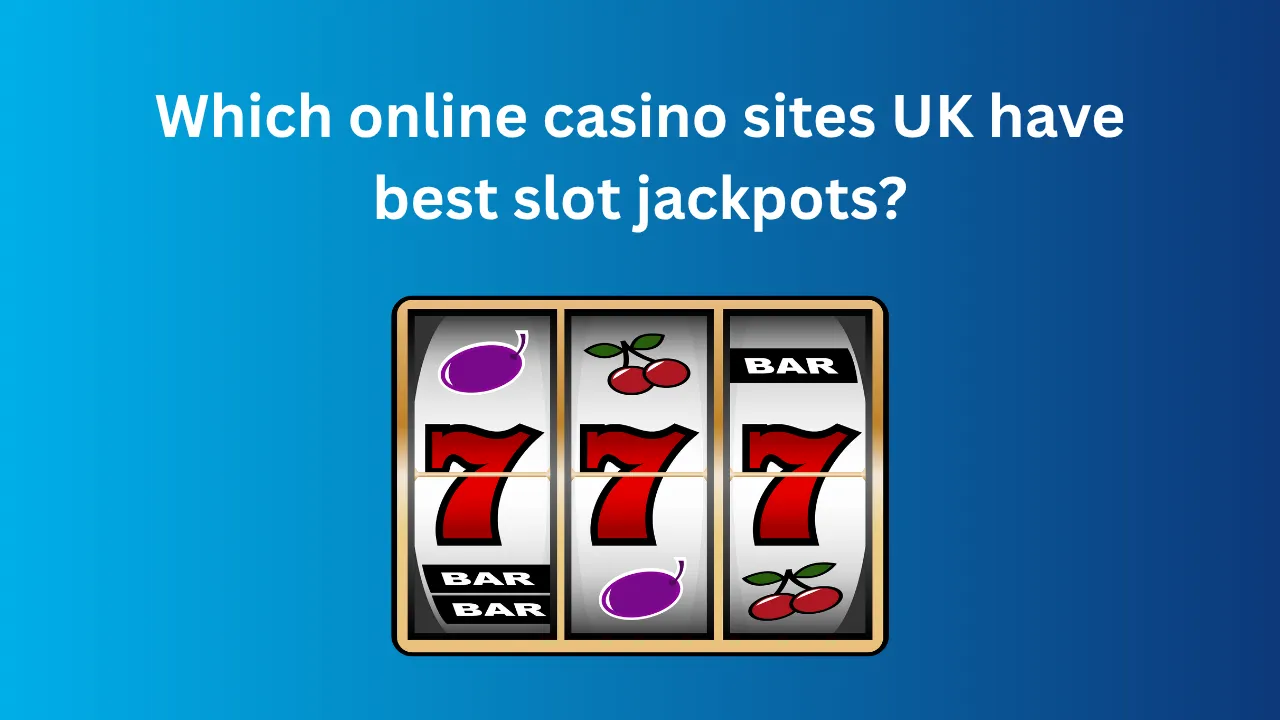In my early days playing online slots, I was mesmerized by the flashing lights and the chance of hitting a big jackpot. It wasn’t until I dug into the fine print that I encountered the term “RTP adjustment.” At first glance, it sounded like jargon designed to baffle punters—but behind those letters lies a crucial concept that shapes your long-term slot experience. In this article, I’ll walk you through what RTP adjustment means, why casinos implement it, and how it impacts your play at fast withdrawal casinos and beyond.
I remember logging into a casino offering incredibly high advertised RTPs—up to 98%. Excited, I plunged in with bets on a popular fruit-themed slot. But after a few hundred spins, I felt the returns were far lower than promised. A quick check of the terms revealed an adjustable RTP range, meaning the operator could legally reduce the game’s payout rate on their end. That experience taught me to scrutinize game details more carefully, and today I’ll share those insights so you can play slots armed with knowledge, not surprises.
Understanding RTP: The Basics
Return to Player (RTP) is the percentage of all wagered money a slot machine is programmed to return to players over time. For example, a 96% RTP indicates that for every £100 wagered, the game theoretically pays back £96, retaining £4 as the house edge. Developers set this value during game design, and it is usually fixed and audited by independent testing agencies.
What RTP Adjustment Entails
When a casino mentions “RTP adjustment,” it means they reserve the right to tweak that theoretical percentage within a specified range. For instance, a game might list an RTP of 95%–98%. While the developer programs the slot to handle that variability, the casino configures the precise setting—often without real-time disclosure to the player. As a result, your session might run at the lower end of the spectrum.
Why Casinos Use RTP Adjustment
Operators implement adjustable RTPs for several strategic reasons:
Managing Volatility and Profitability
By lowering the RTP setting, a casino can increase its overall margin on a game, balancing high-payout sessions with long-term profitability. Conversely, they might boost RTP during promotional periods to attract players seeking better returns.
Aligning with Regulatory Requirements
Different jurisdictions impose minimum RTP thresholds. Casinos using multi-jurisdictional platforms can adjust settings to comply locally while maximizing margins where regulations are laxer.
Promotional Incentives and VIP Treatment
I once saw a casino boost RTP to 97% for their VIP tier, promising more favorable odds to high rollers. It’s a tactic that builds loyalty but underscores why understanding RTP adjustment is essential if you want transparency in your wagering.
How to Identify Adjustable RTP Games
Recognizing when RTP is adjustable isn’t always straightforward, as casinos may not highlight this feature prominently. Here are methods I use:
Read the Help or Game Info Panel. Many slots include a small range next to the RTP figure.
Consult the casino’s terms and conditions. Look for clauses about adjustable odds or RTP settings.
Watch for promotional flyers. Casinos sometimes advertise “enhanced RTP weekends,” signaling adjustment is at play.
If you plan to play at fast withdrawal casinos, this extra caution pays dividends—knowing whether you’re getting the advertised baseline or a tweaked rate helps manage expectations about long-term returns.
Practical Impact of RTP Adjustment on Your Play
Short-Term Sessions vs. Long-Term Trends
While RTP is a theoretical long-term metric, session variance can mask small RTP differences. In a 100-spin session, whether the RTP is set to 95% or 98% may not drastically alter your results. However, consistent play over thousands of spins amplifies that margin—and that’s where knowing the exact RTP matters for serious players.
Bankroll Management and Volatility
Adjustable RTP slots often have different volatility profiles tied to their settings. A lower RTP often means higher volatility—fewer but larger wins—whereas a higher RTP setting may produce steadier, smaller payouts. I personally adjust my stake size based on RTP setting guesses: smaller bets when RTP is likely at the lower end to cushion potential dry spells.
Bonus Play and Wagering Requirements
Some casinos attach wagering requirements to bonus funds that don’t account for RTP adjustments. You might find yourself spinning through bonus money at a lower RTP, making the already steep rollover even more challenging. Always confirm the RTP setting during promotional spins.
Balancing RTP and Other Game Features
RTP is a vital metric, but it’s not the whole story. When evaluating a slot, I weigh several factors:
Bonus Features: Free spins, multipliers, and interactive bonus rounds can significantly boost your session’s entertainment and potential returns.
Hit Frequency: This tells you how often a game pays out. A high RTP slot with low hit frequency can drain your bankroll slowly but steadily.
Maximum Payout Cap: Some games cap the maximum win, which can limit your upside even if RTP is generous.
Real-World Example: Tracking RTP Adjustment
Last month, I joined a slot tournament at a casino promoting a special “96%+ RTP” tag. Over the first 500 spins, I noted my bankroll fluctuations and cross-referenced the game’s volatility report in the developer’s white paper. While the nominal RTP was 96%, my results suggested the setting hovered closer to 95%—reinforcing the importance of skepticism when I see adjustable ranges.
Why Transparency Matters for Players
Regulatory bodies increasingly push for RTP disclosure. For instance, some jurisdictions now require casinos to publish the exact RTP they’re using each month. However, many operators in offshore or less-regulated markets remain opaque. As a player, advocating for transparency means:
Choosing licensed casinos committed to open reporting.
Providing feedback when RTP info is hidden.
Following industry news—sites like Rainforest Cafe’s UK branch sometimes host events explaining gaming regulations, which helps keep operators honest.
Tips for Players Navigating Adjustable RTP Slots
As someone who’s tested dozens of RTP-adjustable slots, here are my top recommendations:
Start small: Use modest stakes to gauge win frequency and payout sizes before ramping up bets.
Monitor session logs: Keep track of wins, losses, and bonus triggers to infer the likely RTP setting.
Rotate games: Spread your play across multiple slots, reducing the impact of any single game’s adjusted RTP.
Check audit reports: Play only at casinos publishing independent audit results via agencies like eCOGRA or iTech Labs.
Conclusion
RTP adjustment in slots isn’t a trick designed to entrap players but rather a tool casinos use for flexibility in margins, compliance, and promotions. Understanding how adjustable RTP works empowers you to select games and operators that align with your play style and bankroll strategy. While the long-term theoretical impact may be modest, for dedicated players and VIPs, even half a percentage point can translate into significant funds over thousands of spins. By reading game info panels, scrutinizing casino T&Cs, and prioritizing transparency, you can navigate adjustable RTP slots with confidence and optimize your gaming enjoyment.







